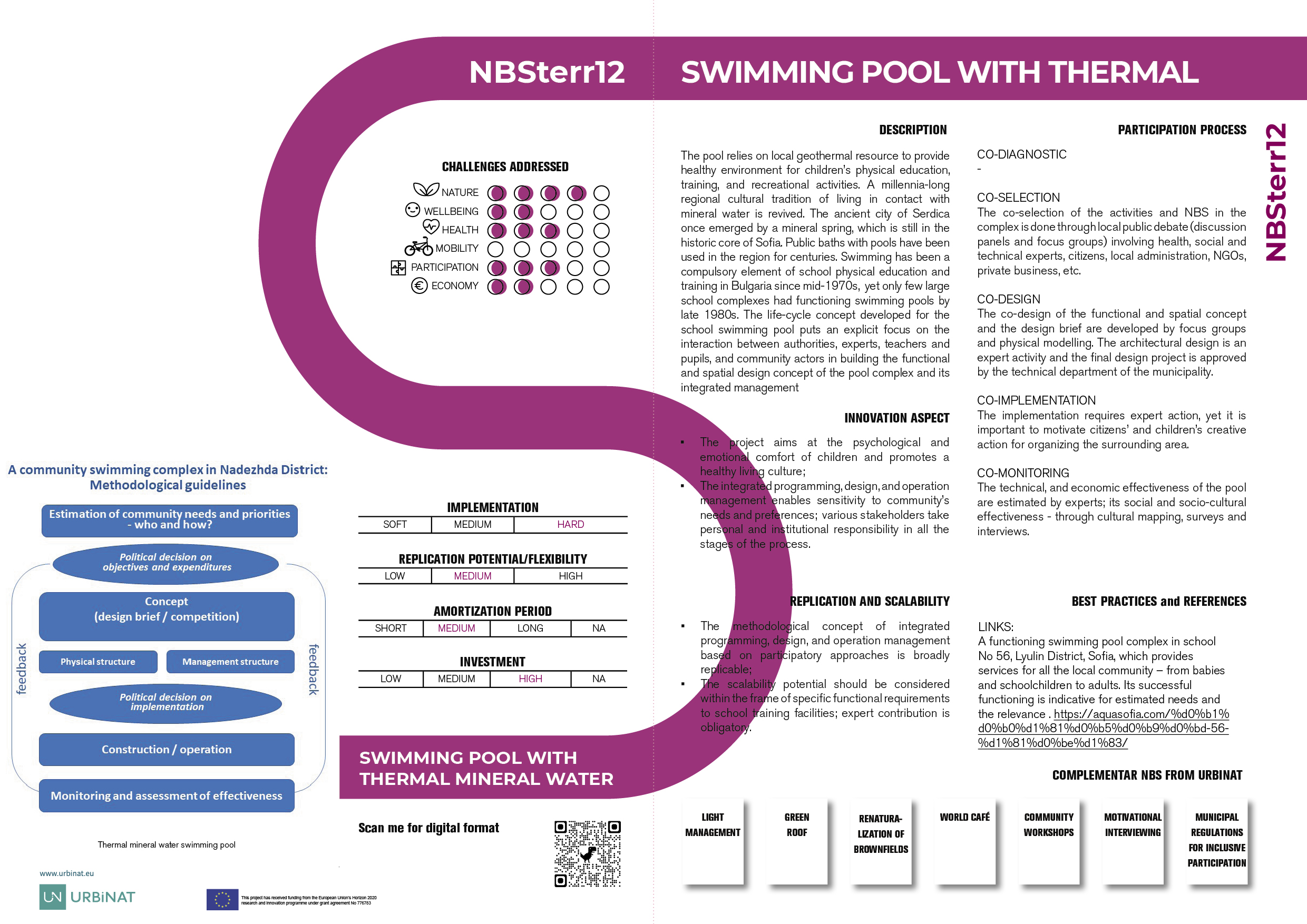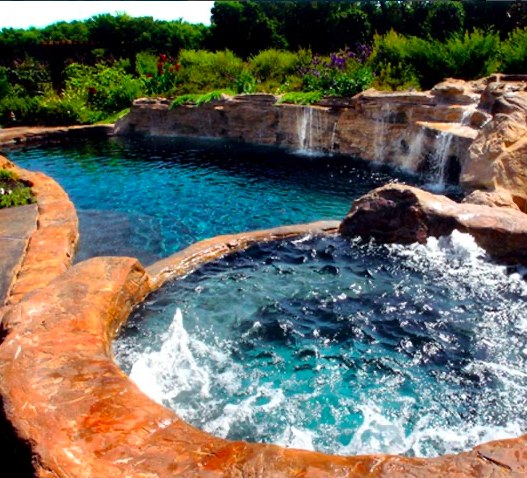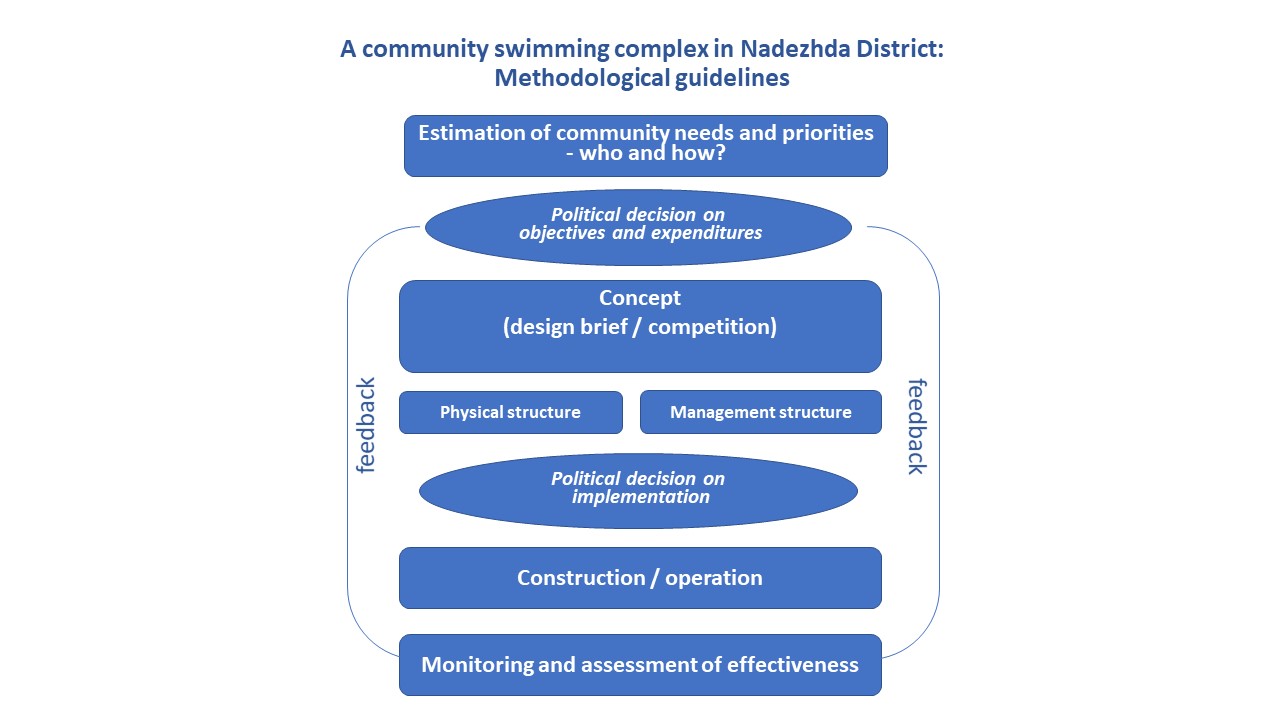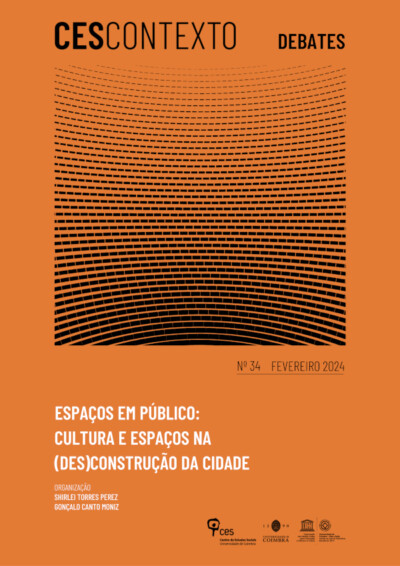Thermal Water Swimming Pool
CHALLENGES ADDRESSED
Score impact
Nature
Wellbeing
Health
Mobility
Participation
Economy
DESCRIPTION
The thermal mineral water swimming pool relies on the use of a local geothermal resource – mineral water, to provide healthy environment for physical educational and training as well as recreational activities of school children. It also aims at the revival of the millennia-long regional cultural tradition of living in close contact with mineral water. The application of the life-cycle concept to the swimming pool provides a sound basis for the sustainability of the project; explicit focus is to be maintained on the consecutive steps of interaction between policy, expert and community actors in the process.

[PDF Download] Swimming Pool with Thermal Water
The pool relies on local geothermal resource to provide healthy environment for children’s physical education, training, and recreational activities. A millennia-long regional cultural tradition of living in contact with mineral water is revived. The ancient city of Serdica once emerged by a mineral spring, which is still in the historic core of Sofia. Public baths with pools have been used in the region for centuries. Swimming has been a compulsory element of school physical education and training in Bulgaria since mid-1970s, yet only few large school complexes had functioning swimming pools by late 1980s. The life-cycle concept developed for the school swimming pool puts an explicit focus on the interaction between authorities, experts, teachers and pupils, and community actors in building the functional and spatial design concept of the pool complex and its integrated management.
INNOVATION ASPECT
- The project aims at the psychological and emotional comfort of children and promotes a healthy living culture;
- The integrated programming, design, and operation management enables sensitivity to community’s needs and preferences; various stakeholders take personal and institutional responsibility in all the stages of the process.
REPLICATION AND SCALABILITY
- The methodological concept of integrated programming, design, and operation management based on participatory approaches is broadly replicable;
- The scalability potential should be considered within the frame of specific functional requirements to school training facilities; expert contribution is obligatory.
PARTICIPATION PROCESS

-
1
CO-SELECTION
The co-selection of the activities and NBS in the complex is done through local public debate (discussion panels and focus groups) involving health, social and technical experts, citizens, local administration, NGOs, private business, etc.
-
2
CO-DESIGN
The co-design of the functional and spatial concept and the design brief is developed by focus groups and physical modeling. The architectural design is an expert activity and the final design project is approved by the technical department of the municipality.
-
3
CO-IMPLEMENTATION
The implementation requires expert action, yet it is important to motivate citizens’ and children’s creative action for organizing the surrounding area.
-
4
CO-MONITORING
The technical, and economic effectiveness of the pool are estimated by experts; its social and socio-cultural effectiveness – through cultural mapping, surveys, and interviews.
Best Practices & References
LINKS:
A functioning swimming pool complex in school No 56, Lyulin District, Sofia, which provides services for all the local community – from babies and schoolchildren to adults. Its successful functioning is indicative for estimated needs and the relevance .




